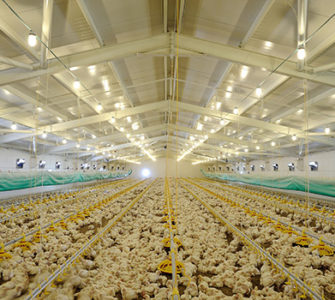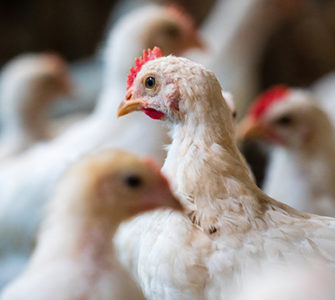Cost of necrotic enteritis grossly underestimated
The true cost of necrotic enteritis (NE) for the world’s poultry industry could be an astounding $US6 billion annually — three times a previous and widely used estimate, according to a report in World Poultry.
The cause of necrotic enteritis is the pathogen Clostridium perfringens, which leads to intestinal lesions. Although the disease can kill birds, most economic losses are due to subclinical NE and resulting poor nutrient absorption, poor feed conversion and increased condemnations.
An oft-quoted estimate of global losses due to NE has been US $2 billion, but that estimate dates back to 2000 and was based on a cost per bird of US $0.05, coupled with production figures. Since then the poultry industry has grown and NE has been increasing in incidence and severity as the industry increasingly turns toward removal of in-feed antibiotic growth promoters.
This original estimate was probably too conservative and should have been at least US$2.5 billion. For their estimate, the authors started with this figure, added a modest increase in the cost of NE per bird. They also considered that some poultry producing regions — Latin America and Europe — have historically suffered greater losses due to NE.
“If we factor in a relatively small increase in the incidence of NE (and its subsequent cost) over these years in the range of 15%-25%, we arrive at an estimate of approximately US$6 billion per year,” World Poultry reports.
Posted on December 29, 2015

















